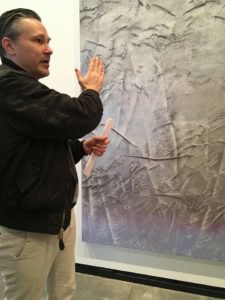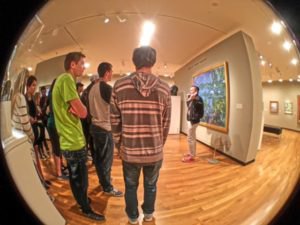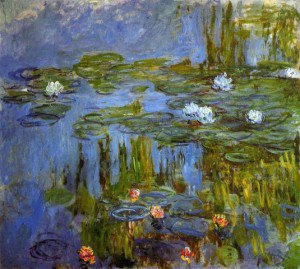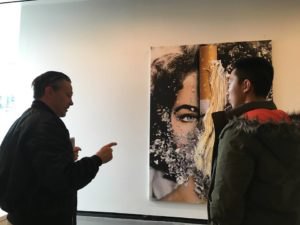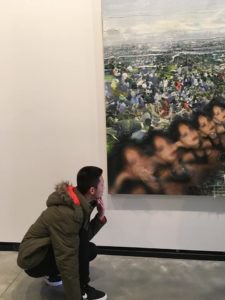This Friday 26 exuberant Skyview High School students made the trek from Vancouver to Portland to join us at the Portland Art Museum for an afternoon of art and science.
We began by discussing how all of our students were already equipped with the knowledge necessary to address any artwork they encounter. It just takes a willingness to observe what is in front of you.
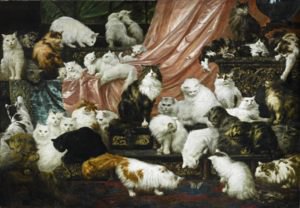
Carl Kahler (Austrian, 1855–1906), My Wife’s Lovers, 1891, Oil on canvas. Collection of John and Heather Mozart. Image: Courtesy Sotheby’s.
For example, we talked about what the most significant aspect of Carl Kahler’s painting was (it turns out it was all the cats!). Through this we were able to talk about why we might be drawn more to certain things and be repulsed by others. According to a 2008 study by the Journal of Vascular and Interventional Neurology, there is a decreased risk for heart attack, stroke, and other cardiovascular diseases among people who own cats, so perhaps our attraction is beneficial. How would we feel about this painting if we replaced all those many cats with snakes?! A 2013 study from Toyama University in Japan suggests that we may be hard wired to respond very differently to depictions of writhing snakes.
From here we discussed how we visually process what we are seeing, and some of the ways that artists have manipulated works to draw in the viewer, and provoke particular perceptual experiences.
For example Monet creates an abstracted flattened space here in part by removing visual cues associated with depth, such as a clear horizon line.
Artist Dan Flavin also attempts to alter our perception of the space around us. Notice how he uses lights of the same luminosity here to flatten this space, as if we are looking at adjacent fields of color rather than at a corner…
We also talked about how and why we might have different responses to the same images depending on the associations that we develop through experience and culture (so who is this Liz Taylor anyhow?)
Thank you to Skyview High School, Vancouver GEAR UP, and the Portland Art Museum for the opportunity for our Noggineers to share what we love with these students!




